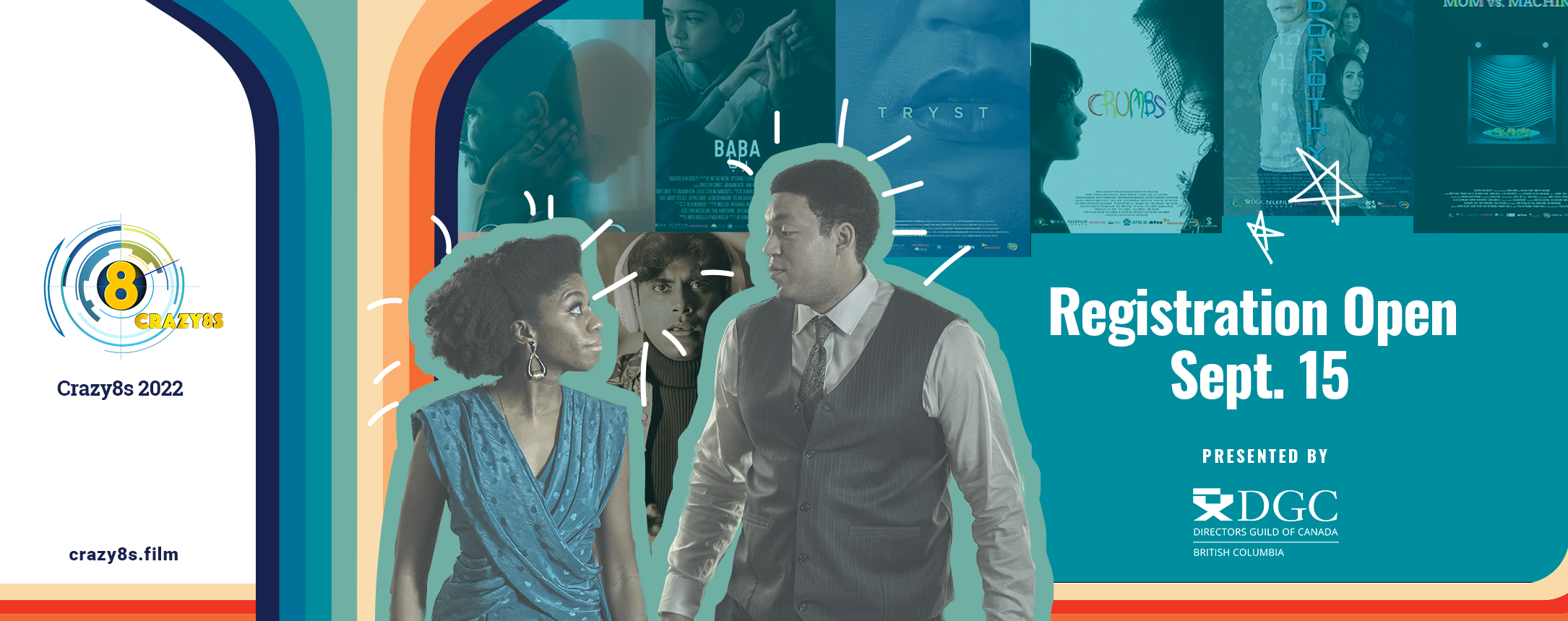The Netflix-BANFF Diversity of Voices Initiative has just announced this year’s participants.

The Netflix-BANFF Diversity of Voices Initiative is a training and development program for emerging and mid-career creatives and producers of commercial television and/or digital media content. The program aims to provide industry access and an international market platform for participants to sell their projects at the Banff World Media Festival, June 14-July 16, 2021.
I recently interviewed Mia Golden and Arnold Lim, both participants this year, separately by email:
Michael Korican: Congratulations! How does it feel?
Mia Golden: “It feels wonderful. I had applied last year but didn’t get in so it was really exciting to get the news.”
Arnold Lim: “I am really grateful for the opportunity! The Banff Media Festival and the Netflix Diversity of Voices Initiative are making a real-world difference. As an indie director and producer, I have never had the opportunity to go before, so this is a tangible opportunity that I don’t take for granted.”
M.K.: How long have you been living in Victoria and have you noticed attitudes and behaviour towards diverse people change over that time?
M.G.: “I moved to Victoria in ’94 and have seen many changes. When I first moved here there really wasn’t much diversity. And while it still wouldn’t be considered a melting pot with respect to cultural diversity, I at least don’t feel like I stand out anymore. Aside from Jamaica where I was born and Toronto, where my mother and I moved when she returned to Canada (with her 2 year old Jamaican souvenir) I had always lived in communities that were primarily White. And like many children I was on the receiving end of teasing and name calling, and because I stood out visually, the name calling was racially based.”
A.L.: “I was born in Vancouver and moved to Victoria as a teenager. Things have changed for the better, but I do think there is still room to grow. Flagrant incidences of racism are becoming less frequent, but the more subtle instances are still there. Having said that I am proud to be Canadian and know that there are places that have it much worse.”
M.K.: Can you share some “then” and “now” examples?
M.G.: “I have always found Victoria more open compared to my teenage home town in Northern BC where my last visit there a few years ago a man leaned out his truck window and yelled, “Hey, it’s Chaka Khan.” Now having said all that, I feel that most biases are based on unconscious beliefs, fears or misunderstandings and I really don’t take things too personally. I am very happy there is more awareness on the topic and that representation is finally increasing in mainstream media. I’d love for people to know that a BIPOC parent can have a child of any colour within the spectrum of their DNA, for example. Like I am the shade that I am but I have friends and acquaintances with the same type of mixture who are very dark and some who have no pigment at all. That’s genetics! I’d love for that awareness to trickle down when it comes to casting families. I am seeing more mixed families in commercials and I’d love to see continued awareness of that in our film community here on the Island. If you watch most films from even a couple of years ago, it’s primarily white actors. Now some of that is due to the pool to choose from. Like I said before we aren’t a BIPOC rich community, but it is getting better and I feel we as filmmakers need to be proactive in seeking out diversity in what we write and how we cast. Now to be clear, I feel that casting should be based on talent and ability to give the director the performance needed for the role, but opportunities should be wide open. And I do think that in the last couple of years especially, there is an increase in awareness.”
A.L.: “I remember when I first moved to Victoria I got on the bus and was sitting down behind a woman who turned around just then and yelled at me to “Go back to where you came from!” before moving to a different seat to get away from me.”
M.K.: Of all the projects you’ll be taking to Banff, which one excites you most, and why?
M.G.: “I am very lucky that the team I work with and I have a few projects including a few features, a factual series and a couple of series. I am, however, most excited about one of the features we shot in November that I wrote, co-produced and acted in. We will be announcing more about that in the near future!”
A.L.: “I have both a feature called “The Bryce Lee Story” and a continuing series called “Holdouts” that I am developing with various writers that I am very excited about because they tell unique stories of the Asian-Canadian experience in Canada. Of all the films I have directed or produced, none of them had any diversity in the leads until I started casting them in. I am excited to continue that journey in front of and behind the camera.”
My take: I think this is wonderful! Just like I think we need more women in politics, we need more diversity in media. And business and education too. Few people know that Sir James Douglas, one of colonial Victoria’s first governors, was born in Demerara to a Scottish father and a Barbadian Creole mother and had an Anglo-Métis wife. Victoria’s nineteenth century history is populated by a mix of First Nations, Chinese, Scots, English, Americans and even Hawaiians.








